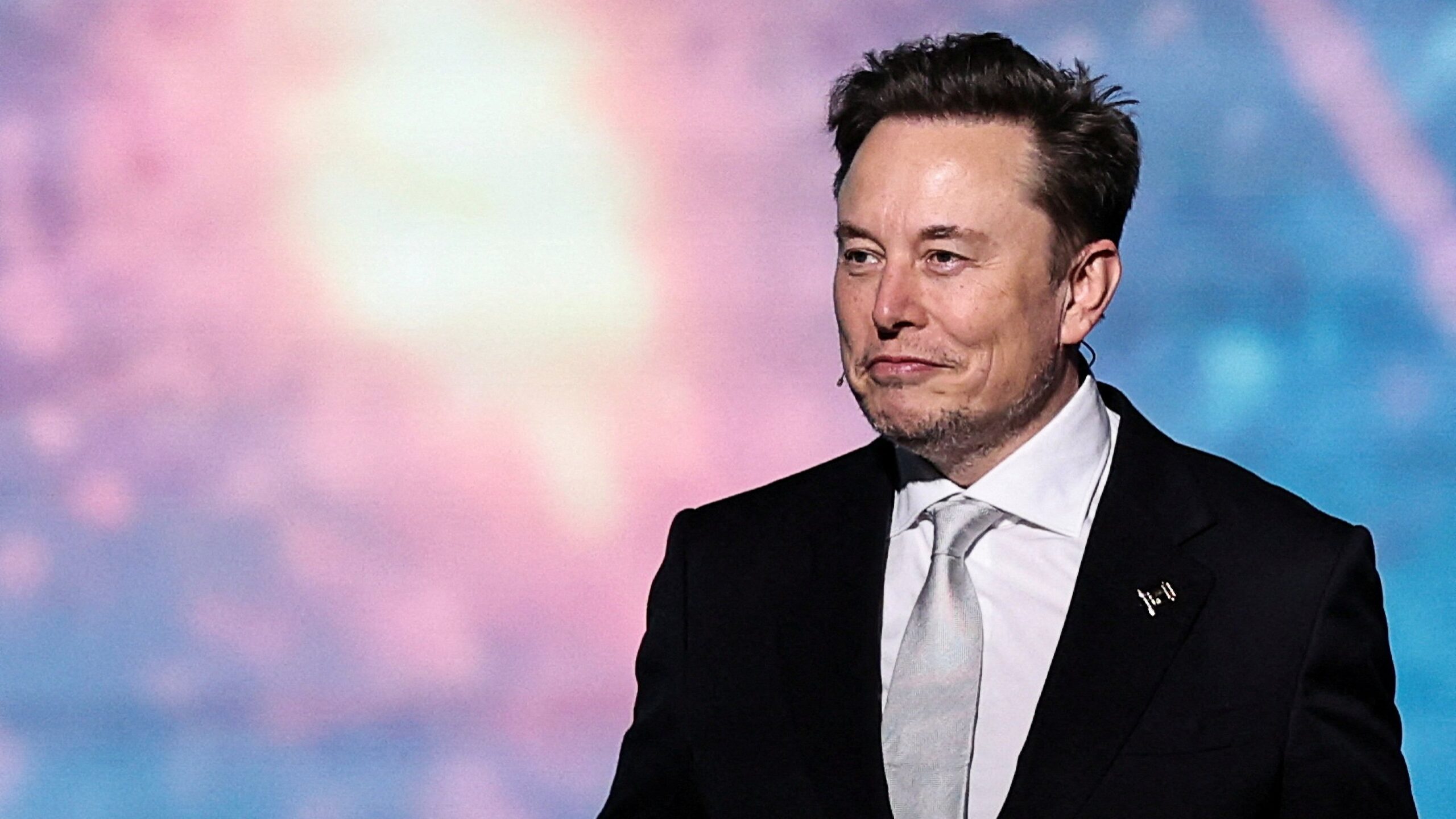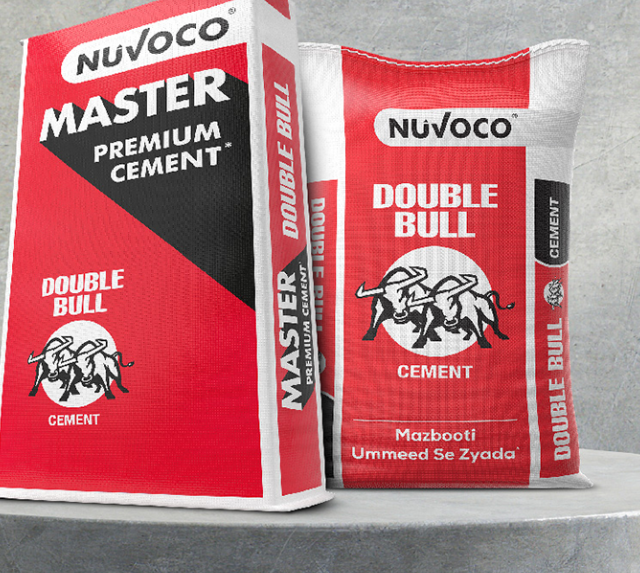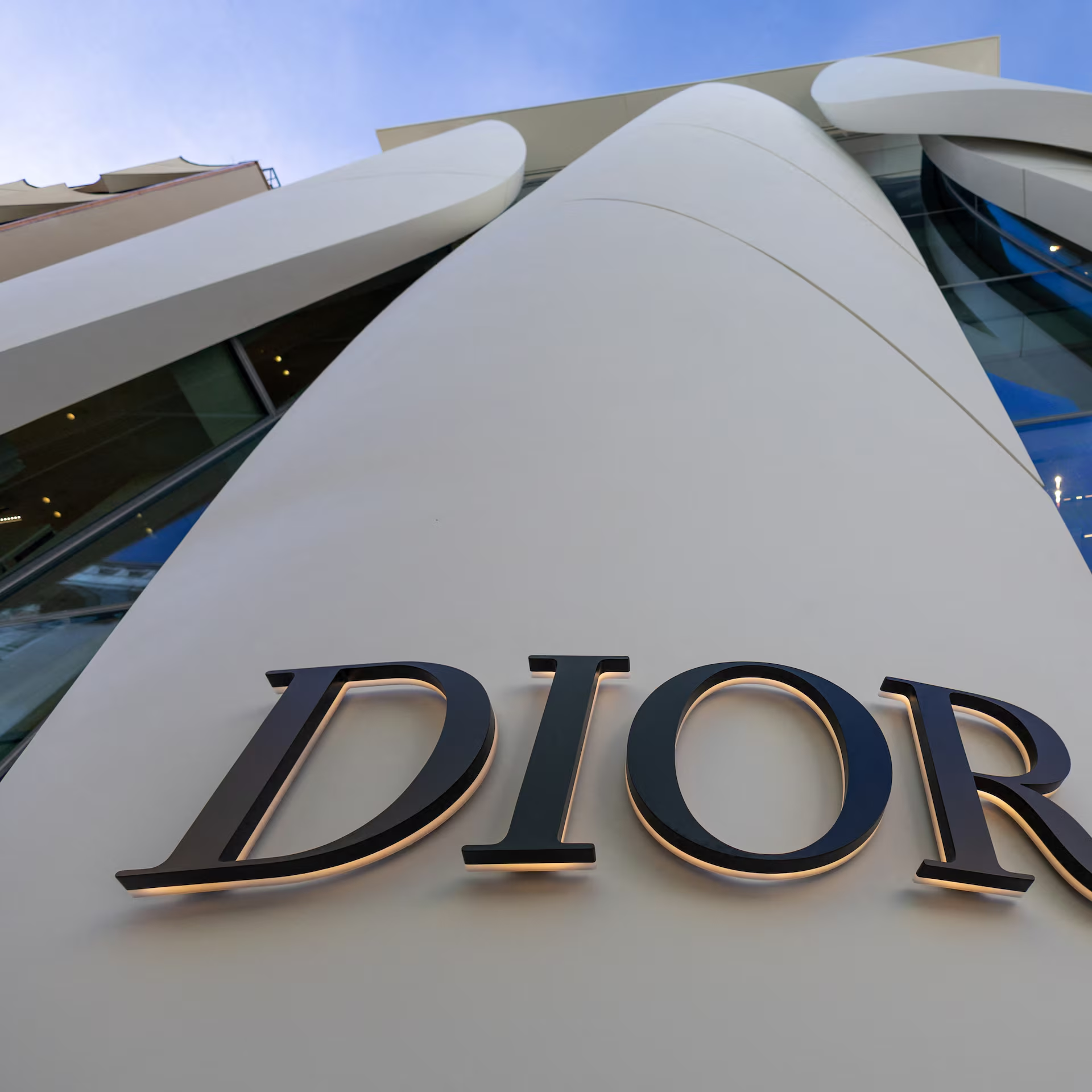After years of promises, projections, and skepticism, Tesla has finally taken its first concrete step into the world of autonomous ride-hailing. Over the weekend, the company quietly began piloting its much-anticipated robotaxi service in Austin, Texas, marking a long-awaited move in Elon Musk’s push toward a driverless future.
The Launch: Flat Fares, No Drivers
The trial kicked off with roughly 10 self-driving vehicles operating across select areas of Austin. In true Musk fashion, he announced the launch on X (formerly Twitter), highlighting a quirky flat fare of $4.20 per ride. Early footage from users showcased Tesla vehicles navigating city streets with a human monitor in the passenger seat and an empty driver’s seat—a symbolic milestone for the company.
Tesla has clarified that these initial rides are invite-only, part of a controlled test environment where remote staff continuously oversee the vehicles’ movements.
Why Now? The Timing Matters
The rollout comes during a challenging stretch for Tesla. The company’s stock recently suffered a sharp drop following a public fallout involving Elon Musk and former President Donald Trump, as well as broader criticism around Musk’s political affiliations. Earlier boycotts and investor concerns had dented Tesla’s market value.
However, shares rebounded by around 8% following the robotaxi trial—perhaps a sign that markets are still hopeful about the long-term potential of Tesla’s autonomous ambitions.
Expansion Plans and Tech Promises
For now, the robotaxi program is limited to Austin, but Elon Musk has repeatedly stated that the company plans to deploy the service in other major cities, including Los Angeles, San Francisco, and San Antonio, by 2026. Musk has also claimed Tesla aims to have hundreds of thousands of robotaxis on the road in the U.S. within that timeframe.
But whether that target is feasible remains to be seen. Critics argue Tesla is still playing catch-up to rivals like Waymo, which already operates fully driverless services across multiple American cities.
Are These Cars Truly Self-Driving?
Tesla’s existing vehicles have long included the controversial “Full Self-Driving” (FSD) feature—but this still requires drivers to remain attentive and intervene when necessary. The new robotaxis reportedly run on an enhanced version of the FSD system, one Musk claims will offer a safer and more reliable ride.
That said, the company is still under scrutiny. U.S. federal regulators have an open investigation into Tesla’s autonomous technologies following multiple crashes, including at least one fatal incident involving a pedestrian. Safety and public trust remain major hurdles to overcome.
Final Word: Step Forward or PR Play?
Tesla’s foray into autonomous ride-hailing is undeniably significant. But questions remain: Can the company scale its technology responsibly? Will regulators and consumers embrace a driverless Tesla? And perhaps most importantly—will the system prove safer than its predecessors?
As with much of Tesla’s history, the robotaxi launch is a blend of innovation, spectacle, and uncertainty. For now, Austin is the testbed—but the eyes of the world are watching closely.
Stay tuned to 365247 Media for real-time coverage of the future of mobility, tech innovation, and Elon Musk’s next big swing.
Join the 365247 Community here.
IMAGE: Reuters


